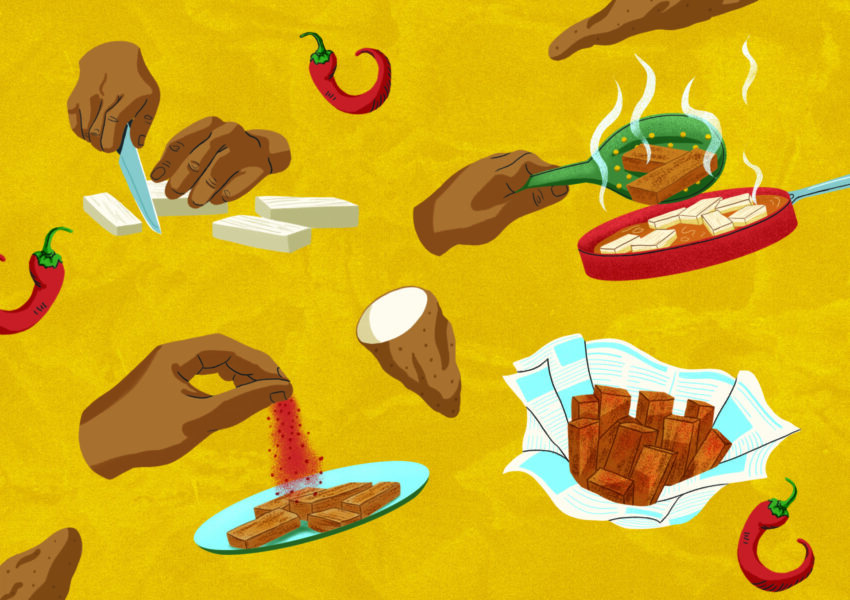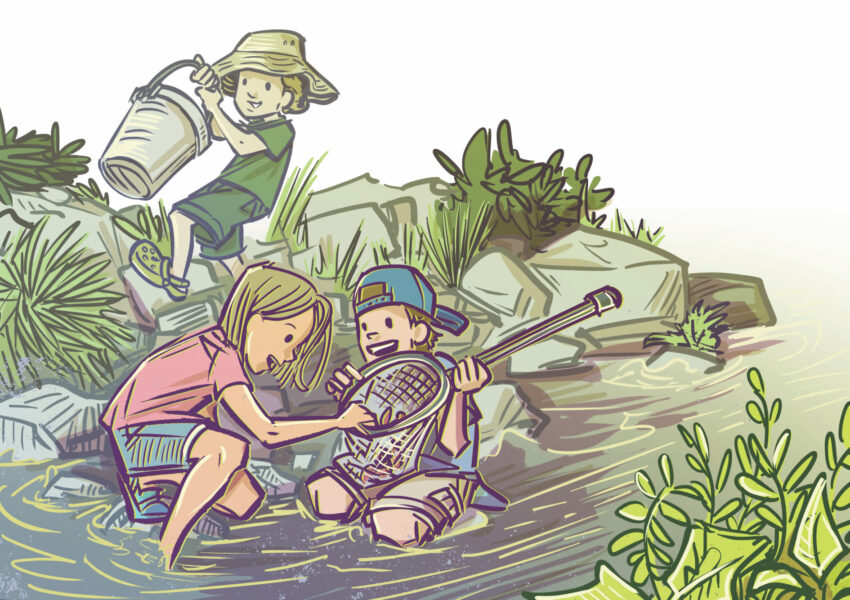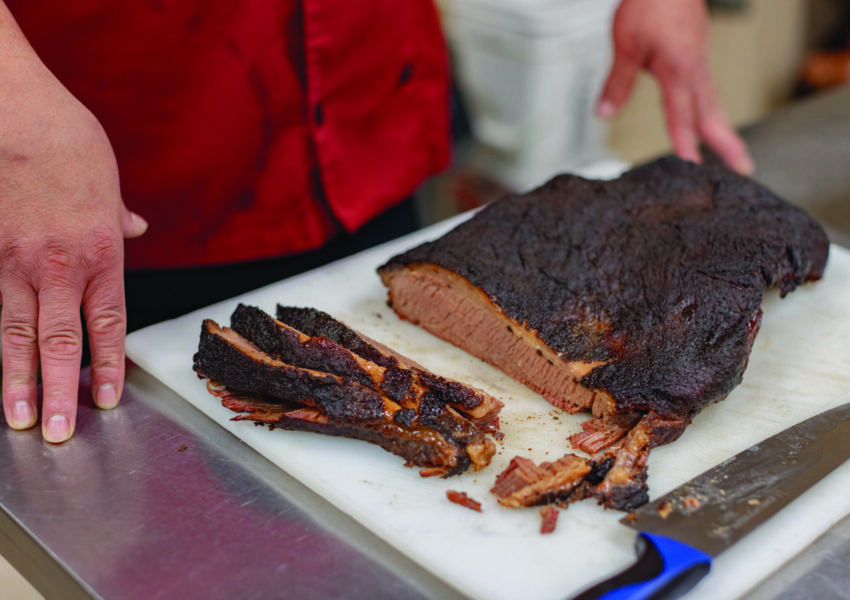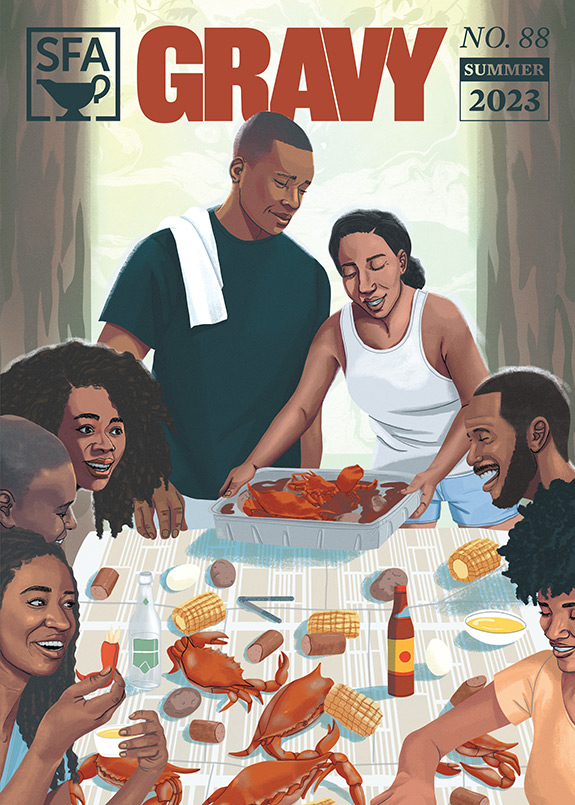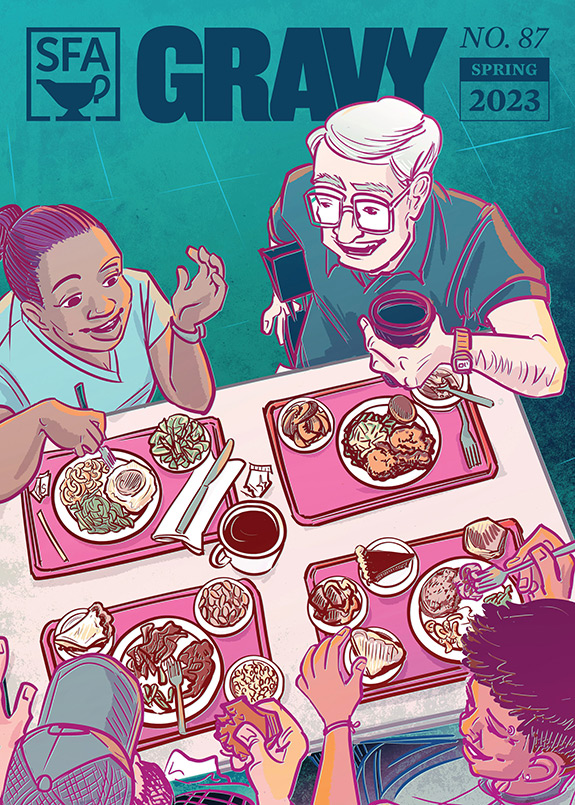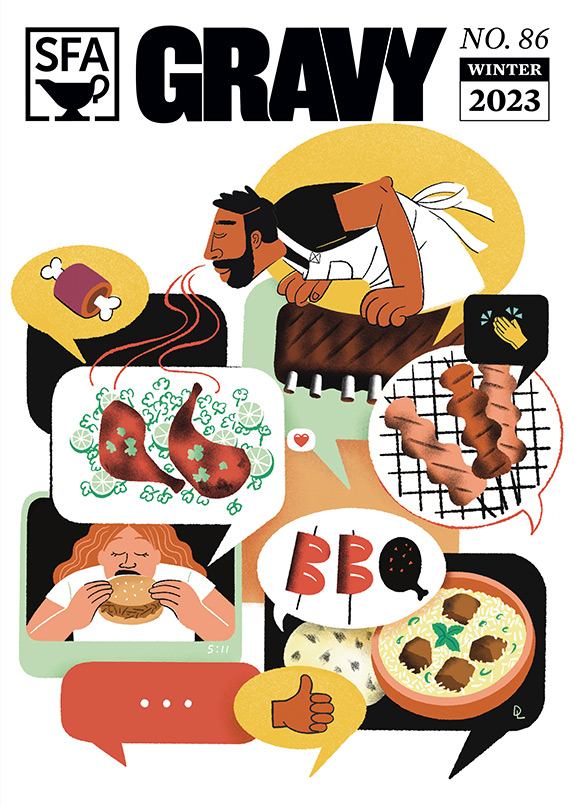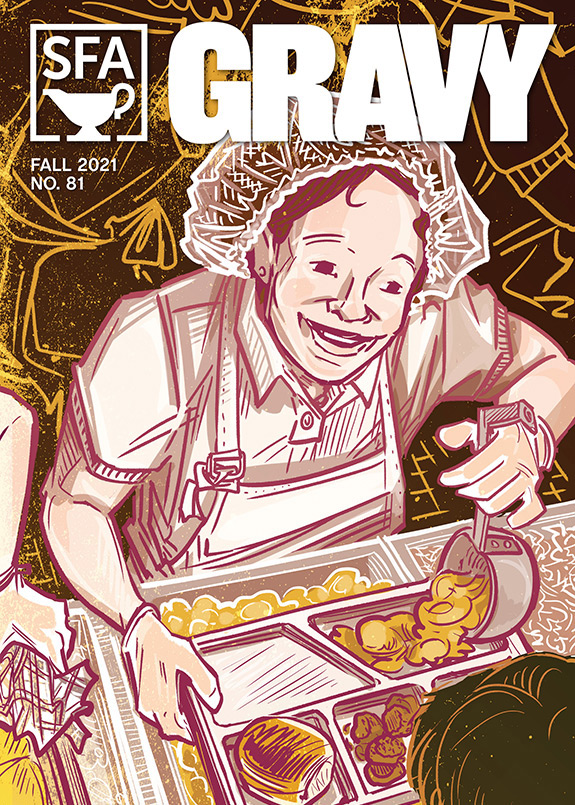 |
| Photo by Marion Post (Wolcott), 1940, courtesy of the Library of Congress. |
This piece comes from Gravy #47, which celebrates all things sweet.
From Bra to Birmingham
On honeysuckle and going home
by Marie Stitt
 |
| Photos by Marie Stitt |
It’s that transitional time, here in Northern Italy, when spring turns summer and flowers open in silent explosions. Lately, on evening runs, I’ve been thrown off pace by the pollen-thick air. I run through farmland, alongside chestnut trees and poplars, past a small hazelnut grove, a few slopes of vines, an acre of green wheat, a field of violet, and and a patch of golden wildflowers.
The wisteria hits me first. A month ago, it was purple and smelled like a cold glass of Grapico. Now there’s a white variety sprawling through the trees. When your heart rate is up and you breathe deeply, everything smells more intense. But last weekend, I ran through a wisteria-heavy air pocket and smelled something else—the rich, skull-filling scent of honeysuckle.
I scanned the brush until I found a small patch of flowers. I stepped over some low bushes to reach the blossoms and pulled a few from the branches. I pinched the bottom of a flower and sucked the nectar from the stamen. Honeysuckles aren’t really a food, they’re more like Christmas lights of fragrance strung up in the green boughs—little olfactory firecrackers.
The smell of those flowers took me back to when I was six years old, living in Alabama. We lived close to the public golf course, and the fence was always draped with honeysuckles in the summer. What makes these flowers intriguing isn’t just their taste-smell—direct, sweet, floral—it also has to do with quantity. I’m no economist, but I think the limited supply—one single, sugary drop pulled from a flower, placed on the tongue—somehow increases demand.
We’d gather as many honeysuckles as we could and try to fill a whole mason jar with the flowery juice. We’d spend what seemed like hours extracting the droplets from each flower into the jar. I remember the heft of the glass, the ridged script on the sides of the jar, the sound of metal scraping as I screwed on the band and ring of the top, the holes in the lid—the same jar did double duty for catching lightning bugs. The most nectar we ever collected was probably a tablespoon.
Years later, I returned to Alabama and reunited with my childhood friend Charlie. Charlie has the most smiling eyes you’ve ever seen. And—fear of stereotypes be damned—he’s a farmer who wears plaid, has a beard, makes banjos, and sits on his front porch and plays them.
One afternoon he invited a few friends over for biscuits and honeysuckle sorbet. He’d gathered armfuls of blossoms and let them steep in a big pot of sugar and water. He made a honeysuckle syrup, and from that made the sorbet. We sat on the porch, as the biscuits went black in the oven, eating icy flowers. Charlie brought out moonshine in a mason jar. We sat there together, the summer smell of Alabama all around us, green and humid, box fan blowing, eating sorbet out of mugs and passing around the moonshine, another kind of magic unable to be contained in a jar.
Italian gelato bests our ice cream, and porchetta rivals our whole-hog barbecue, but they are merely temporary diversions. The memories I’ll always carry with me are the ones that transport me home.
Marie Stitt grew up in various Alabama and South Carolina kitchens before hightailing it to California to stomp grapes. She has recently returned to the South after completing a master’s in gastronomy in Bra, Itay.



